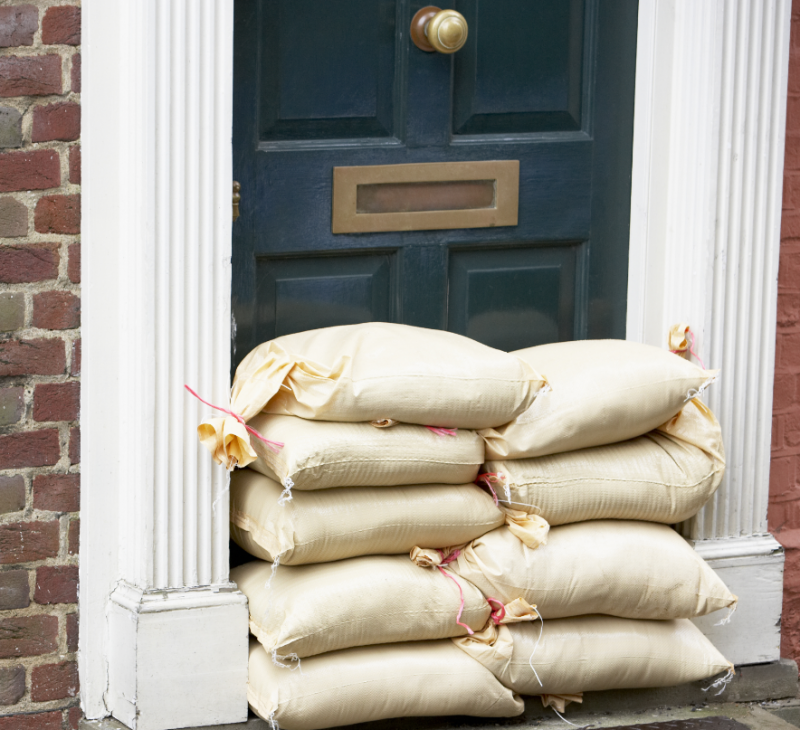How Climate Change Can Affect Your Home

It has been confirmed that the past decade was the hottest on record for our planet, with the undeniable cause being human-induced climate change. Many will associate hot summers and mild winters with our changing climate, but the reality is much different. Climate change drives more extreme weather conditions, from severe cold, to wide-spread flooding, extended heatwaves and high-speed winds. As a homeowner you need to consider what impact these extreme weather conditions may have on your home in the future, and the steps you can take to protect what is likely your most valuable asset.
Flooding
In December 2019 more than 100 flood warnings were put in place by the Environment Agency as some areas experienced record-setting levels of rainfall. Insurance pay-outs for those hit in Yorkshire and the Midlands are expected to reach £110 million. With increased moisture in the air due to higher global temperatures, flooding is likely to become more and more frequent.
Whilst flooding is often considered an “Act of God”, neighbours do owe each other a duty to take reasonable steps to prevent natural occurrences damaging neighbouring properties. You should therefore both investigate the cause of any flooding that damages your property, and ensure that your property is not causing damage by flooding to a neighbour’s land.
Burst Pipes
Despite the mild winter we are currently experiencing, one possible impact of climate change is periods of severe cold conditions. We experienced such a spell in March 2018 when the Beast from the East struck; a period during which burst pipe incidents increased ten-fold on the previous year.
Burst pipes can cause significant financial damage to properties, and with cold weather snaps becoming increasingly likely, the occurrence of burst pipes will undoubtedly rise in a similar manner. Homeowners need to consider whether they are at risk and take appropriate precautions.
Subsidence
One of the impacts of an increased global temperature is the greater evaporation of the moisture held in the soil. The drying of soil can lead to a loss in structural integrity below ground and increases the risks of subsidence. Subsidence can also occur as a result of trees located close to homes absorbing water from the soil through their roots, thereby drying the soil in a similar manner to increased soil evaporation.
Subsidence can cause irreparable damage to properties and can, at the very least, create a great deal of problems when it comes to selling your home. If you notice significant cracks in the walls of your property you should take immediate action. If you are unsure what to do then it is always best to seek professional advice.
The Impact on your Home
The significance of climate change is being discussed globally every single day, and we are now experiencing the impact it will continue to have on our national climate. The protection you afford to your home will ultimately depend upon its location and how susceptible it is to the increased risks (including those set out above).
If a neighbouring property has caused damage to your home (as a result of an extreme weather event or otherwise), or you have caused damage to a neighbouring property, then please do not hesitate to contact our Litigation & Dispute Resolution Team for specialist advice on 01603 610911 or email the team here.

